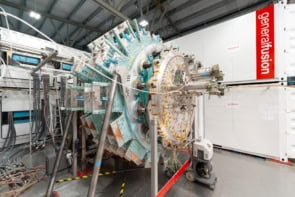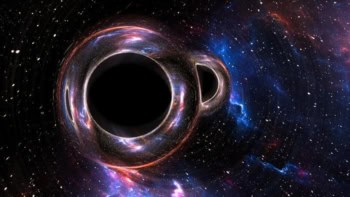Software first created for basic research in particle-physics has been used to improve cancer therapy techniques that use high-energy beams of hadrons. Researchers in Germany used the GEANT4 toolkit to create the Monte Carlo model for heavy-ion therapy (MCHIT), which they claim will help minimize the damage to healthy tissue surrounding a target tumour (Phys. Med. Biol. 51 6099).
Beams of protons and other heavy particles (hadrons) are proving to be very effective at killing tumours that are close to sensitive areas, such as the brainstem, optic nerve and spinal cord. The key to success lies in delivering the required dose to a tumour while sparing surrounding healthy tissue and organs.
This involves performing dose calculations, which usually rely on deterministic methods to model particle transport in the human body. However, the availability of increased computing power means that Monte Carlo-based simulations are a viable option too. Now, Igor Pshenichnov, Igor Mishustin and Walter Greiner who are based at the Frankfurt Institute for Advanced Studies at Johann Wolfgang Goethe University, have shown how such an application derived from high-energy physics software can map the dose distribution from proton and carbon-ion therapy .
The trio built their MCHIT model using the GEANT4 toolkit (version 8.0), an open-source library of computational tools created by the high-energy physics community for basic research. “This again confirms that applied studies in medical physics can benefit from using theoretical methods and software designed in the field of basic nuclear and high-energy physics,” said Pshenichov.
He believes that the GEANT4-based application could be used for benchmarking in the growing field of hadron therapy. Most dedicated therapy facilities use either proton or heavy-ion beams to irradiate difficult-to-treat masses. However, a few sites now operate with both protons and carbon ions, and more facilities offering these two beam types are under construction throughout Europe. The model could also be used as an educational tool, he suggests.
The results presented to date are “quite satisfactory as a first attempt” and could be improved by fine-tuning the model, Pshenichnov says. However, because MCHIT is a general-purpose code, he is also keen to test the GEANT4-based model on other possible candidates for hadron therapy, including helium and oxygen nuclei.



